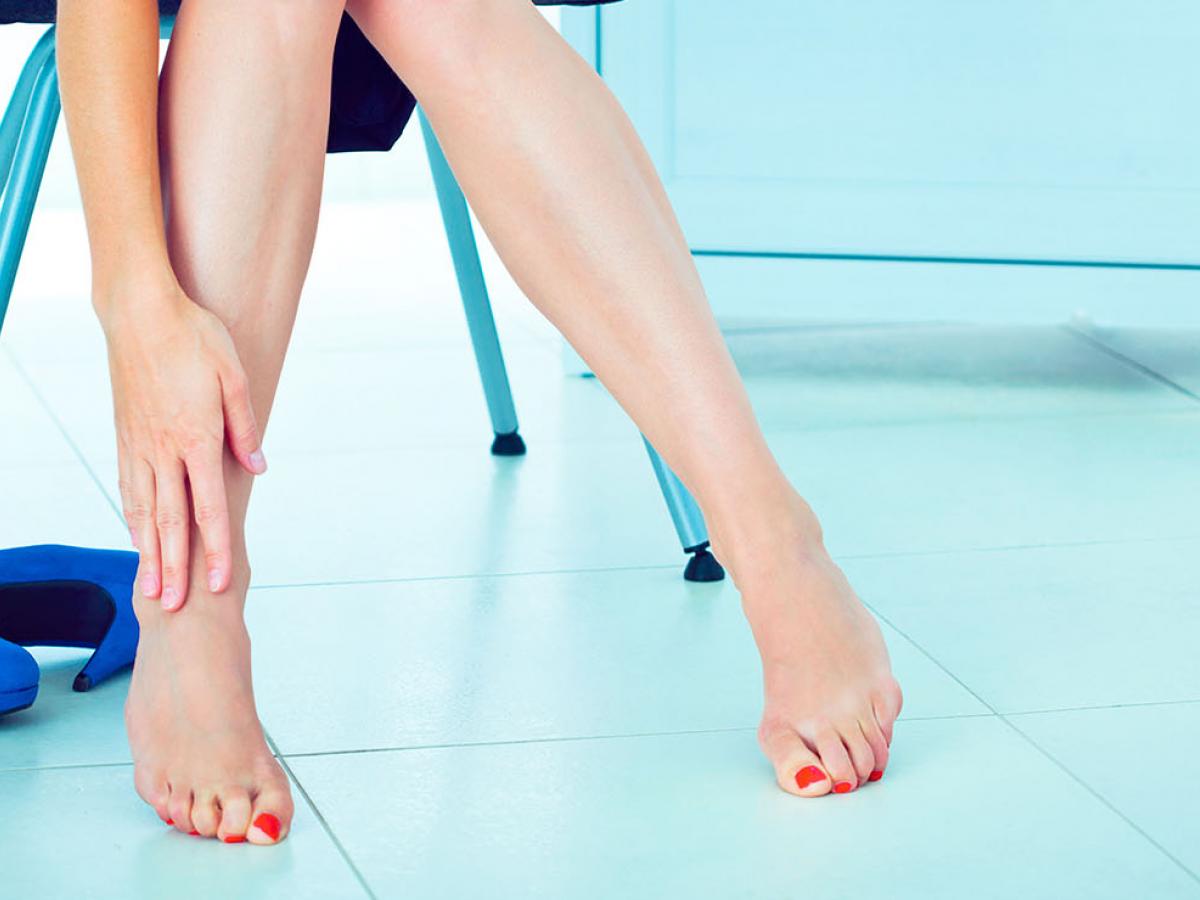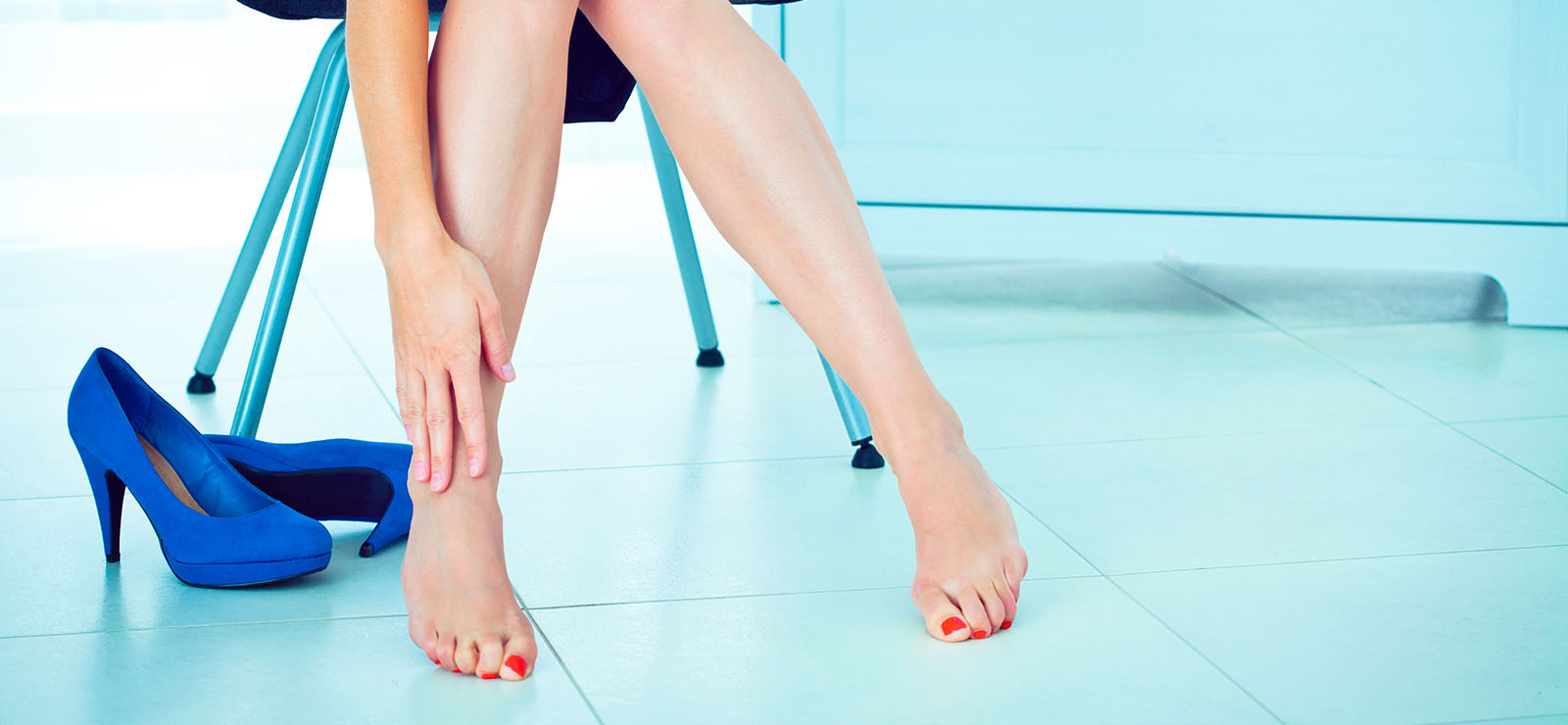August 03, 2020

For many women, high heels represent more than a passion for fashion. The higher the heel, the more powerful you feel. What happens when that power turns into pain? Heels aren’t known for being the most comfortable shoes anyway, but bunions can make them feel even worse. While high heels aren’t the direct cause of bunions, wearing them regularly can exacerbate the issue.
So, what’s a fashionista to do? The first step is understanding the issue itself.
What are bunions?
Bunions are a bony bump on the side of the foot, often forming on the side of the big toe. They are extremely common and typically affect women more than men. Bunions are caused by genetics but can be influenced by your activity level and the shoes you wear. They develop slowly and change the structure of the bone over time, leaving you with a painful deformity.
It’s worth noting that some people can have bunions without pain. If you notice a bunion forming, monitor it and evaluate your pain levels to determine if action is needed. There is nothing you can do to prevent bunions, but there are things you can do to minimize the pain.
Choose better shoes
Whether you’re trying to own the room or complete a stylish look, you can still put your best foot forward when choosing your shoes. It’s OK to wear heels in moderation, but narrow toe-box designs put your feet in an unnatural position, with added pressure on your toes and the balls of your feet. If you’re going to wear them, avoid heels higher than two inches and opt for wedges with a good midsole.
Experts recommend trying wider shoes with firm built-in support rather than soft. Many shoes come with built-in soft cushioning, which can lead to long-term damage. Your foot moves a lot more inside cushioned shoes, so they have to work much harder. This causes more painful issues.
Give your feet a break
Take some time off from heels. Start by wearing flat shoes for a week and monitor your pain level. Avoid certain activities to see if it lessens the pain. Another way to relieve stress on your feet is incorporating stretching into your daily routine. Take your shoes off at the end of the day and try these stretches:
- Point and flex your feet while seated. Do 20 reps three times through.
- Spread your toes and hold while seated. Repeat the exercise 20 times on each foot.
- Use your hands to move your big toe in circles while seated. Do three sets of 20 circles on each toe.
- Lift your heels while standing and put weight on the outer edge of the ball of your foot. While lifted, hold for five seconds and return to the floor. Do this 10 times through.
A firm approach
Once you find the right shoes, you may still need some inserts to help with the pain. Similar to your approach for choosing shoes, opt for inserts that are sturdy rather than soft. The goal is to feel supported with each step.
You can also look for special bunion pads that stick right on the bunion. These don’t correct bunions but may relieve pain where your shoe meets the bunion.
Correcting the problem
There is no magic over-the-counter cure for bunions. If wearing different shoes or special inserts don’t work to relieve pain, you may need surgery for a long-term solution. Talk to a specialist about what is right for you. Many procedures today are performed as outpatient, same-day surgeries and produce great results with a low chance of the bunion returning.
Without bunions holding you back, you’ll be empowered and ready to take on the world, because being pain-free is always in fashion.
Next Steps and Useful Resources
- Learn more about bunions: Bunions — Causes and Treatment Options


